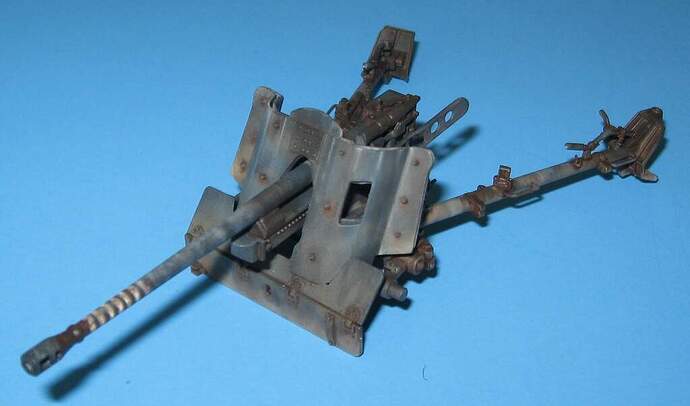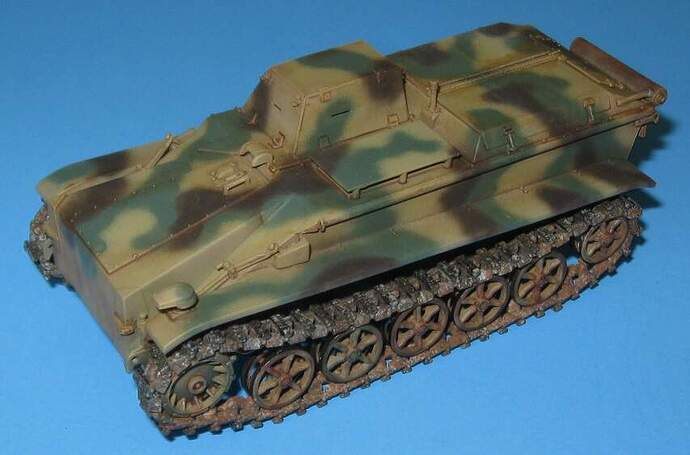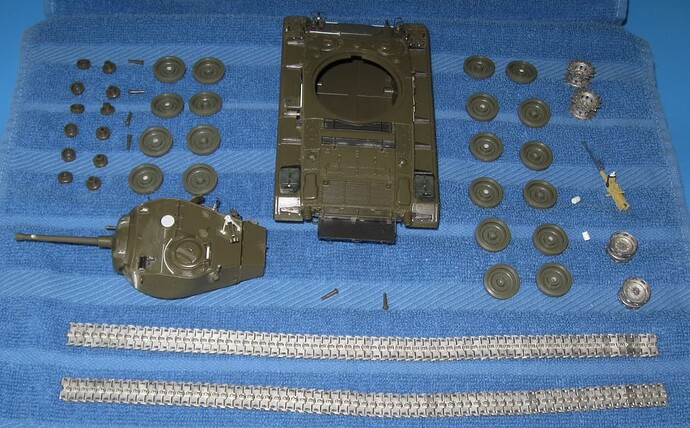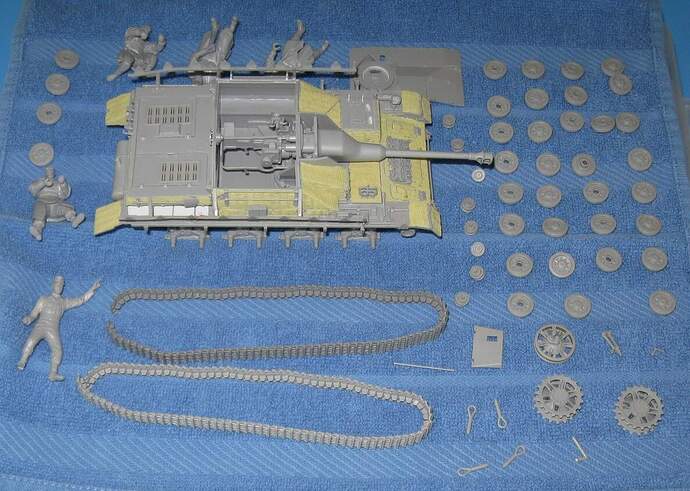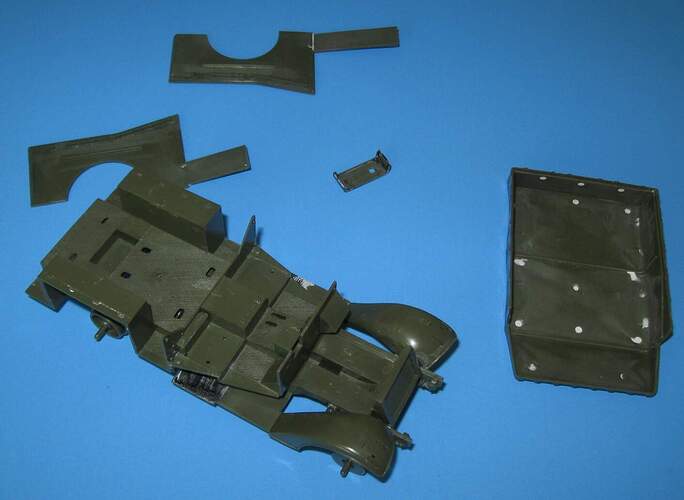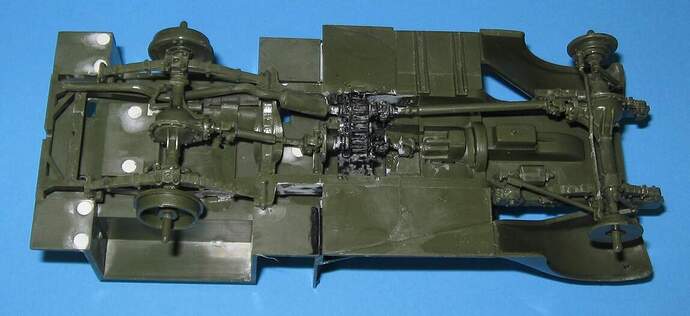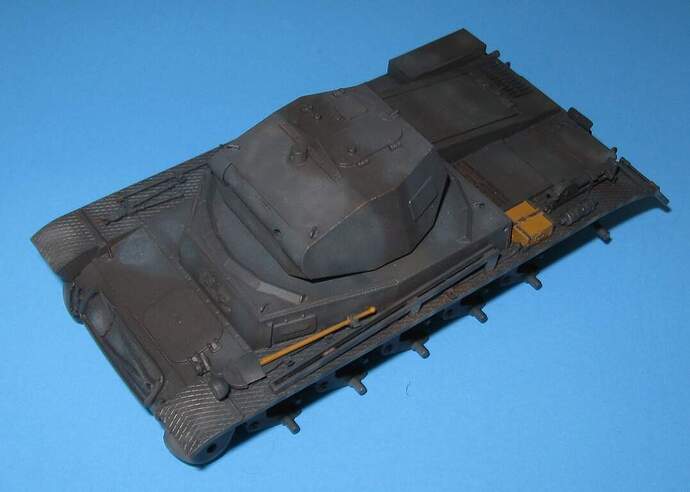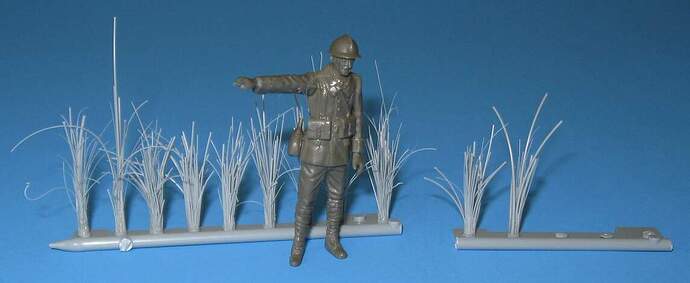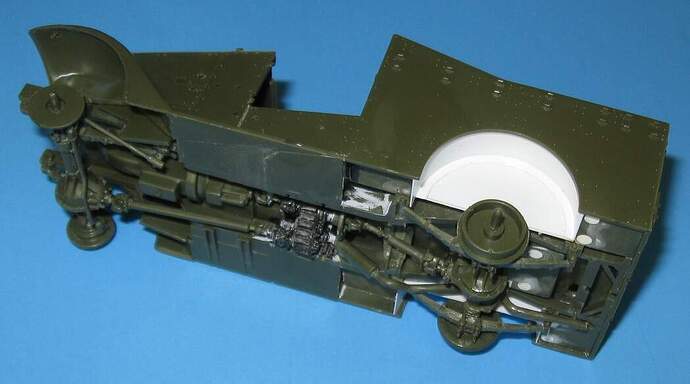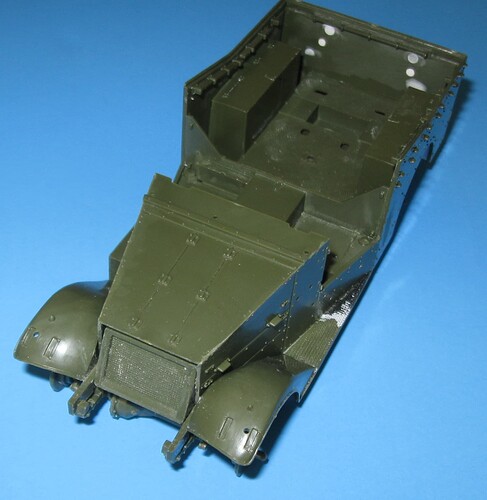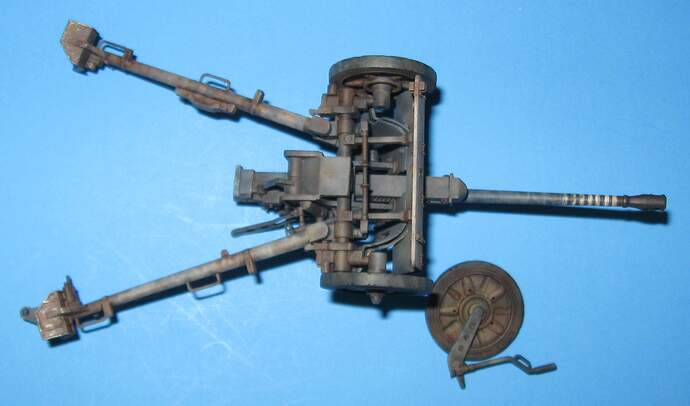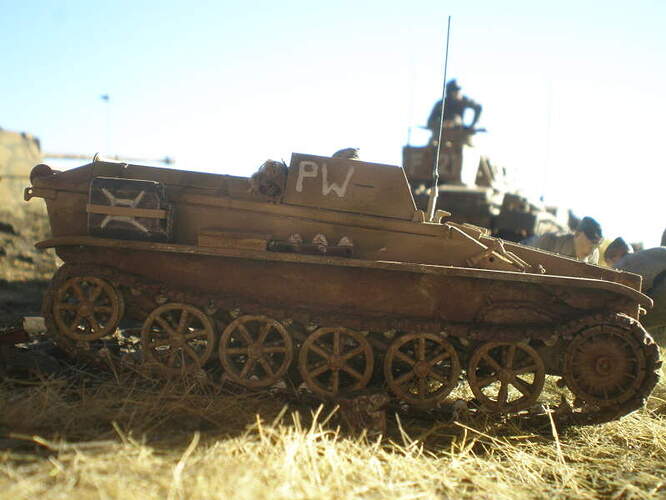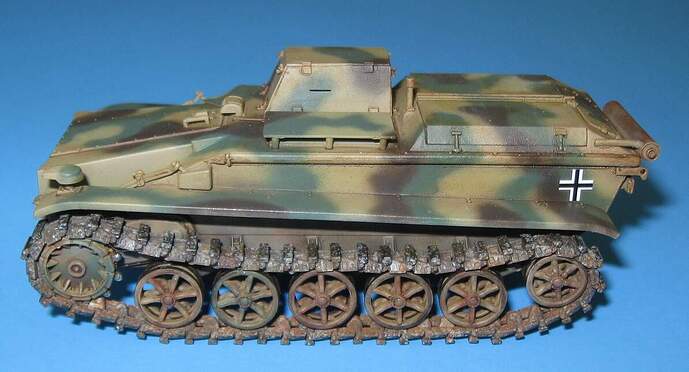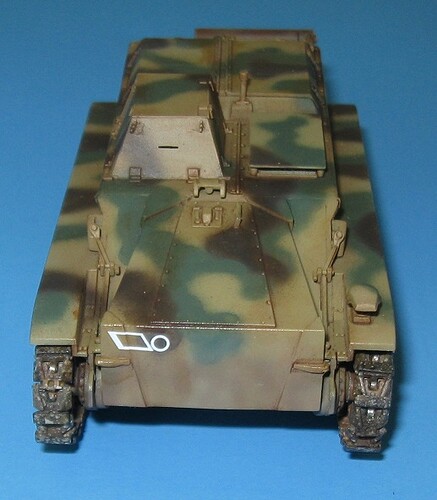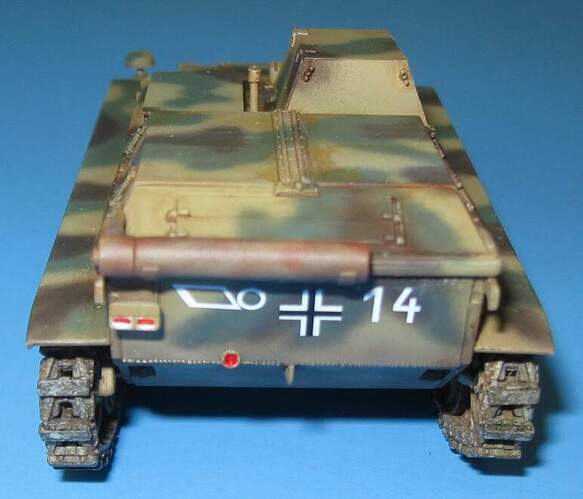Hey, hey.
As I have written elsewhere, I returned to model building in January of this year, for real this time, after a 12 year hiatus. During those years I actually picked up and worked on about a dozen models, usually for a week or two, but only two models ever made it past construction. One of those models ended up in the trash and the other sits in a box, languishing for 5 years and counting.
Ever since I was a kid, I wanted to paint great figures and build awesome models. From 2000 to 2010, I actually got pretty good at models but when my health took a nose dive, that came to an end. Now I am making another go at it with three goals. One, I want to become a very good (but not necessarily great) figure painter. Two, I want to become a very good (but not necessarily great) model maker. Three, I want to execute one and two in a way that does not cause further health problems. As part of goal three, I am switching from enamel to acrylic paints with some success.
Model building is an artistic endeavor and model builders face the same challenges as all artists–learning, improving, producing finished works, and remaining motivated. Builders of historical vehicles face the additional challenge of producing models that accurately reflect reality. This last issue works for and against model builders. On the one hand, artists typically strive to develop a unique style instead of copying something, whereas model builders strive to copy things exactly. On the other hand, most artists need not worry about research and accuracy, things that often cause model builders great consternation.
After much consideration, I came to the conclusion that, to improve and succeed, I need to build models, try new techniques, build accurately, remain motivated, and finish stuff. Building accurately requires research and works against finishing projects. Trying new techniques results in failures which work against remaining motivated and finishing stuff.
My original goal for 2022 was to finish the numerous incomplete models in my closet. After 10 weeks, I am already spinning my wheels because trying new techniques and failing leads to loss of interest. After watching some very successful artists talk about their approach and work flow, I am altering my flight path which brings me to the subject of this thread.
For 2022, I am challenging myself to complete one 1/35 scale figure or model every week for 52 weeks. At least 26 projects must result in a completed model. Every project must include at least one new painting method or building technique. If a painting method or building technique fails, I may reuse that method or technique again until achieving success. In this way, the challenge will involve both constant practice and constant learning.
Most very successful artists recommend seeking constant feedback, paying attention to that feedback, and using feedback to make improvements. In other words, they recommend an iterative approach to art. I am making this thread in the feedback section of an armor modeling forum in hopes of gaining such input on my work. If you are reading this and want to play along, feel free to call out an error, recommend a video, suggest a technique, or just rate a model. This effort will probably result in some fairly bad models but if things go to plan, the ones near the finish will look significantly better than the ones at the start.
Most successful artists recommend completing many projects instead of a few super projects as this maximizes learning and skill growth. To this end, I will favor budget and speed over accuracy. To be clear, I will pursue accuracy and make corrections where possible, but only within the constraints of budget and rapid project completion. I may even build a second copy of a model, incorporating things learned and feedback from the first.
As of today, April 1, 2022, I am already 14 weeks behind so…time to turn up the effort.
Onward
